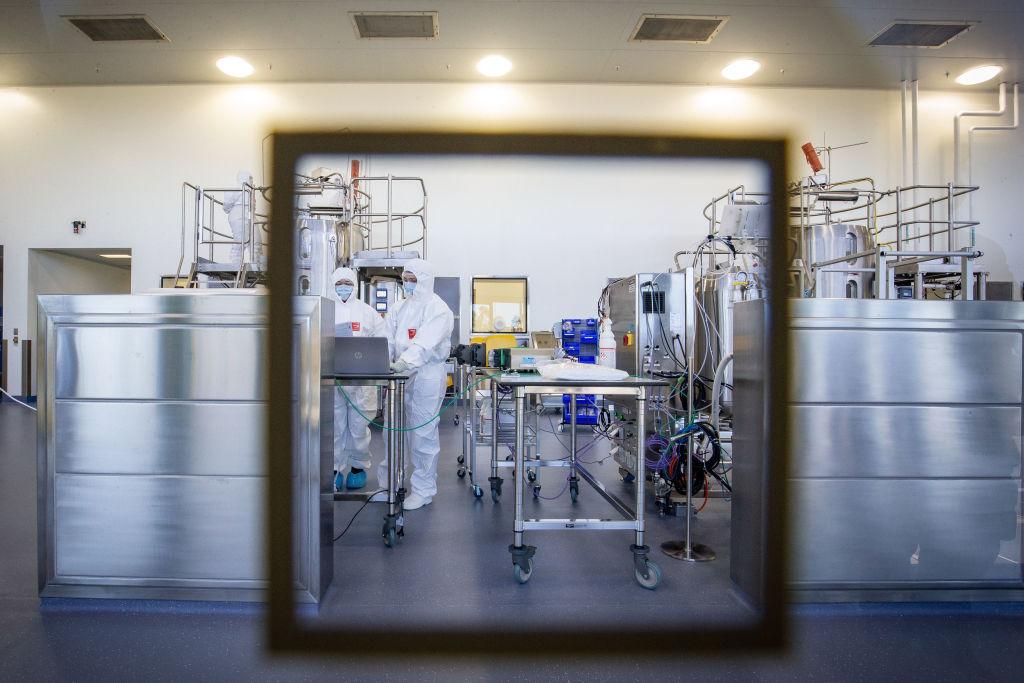Preparing for the next pandemic
Posted By John Coyne on November 24, 2020 @ 06:00

Apocalyptic works of fiction, like Stephen King’s The stand and Wolfgang Petersen’s Outbreak, have a relatively standard script for pandemics. Think an initially small-scale mystery illness identified by a weary doctor. Cue the scene where a roomful of government officials exhale sharply as a map simulation shows an exponentially increasing number of infections, marked by red dots. There is a depressing similarity between this narrative and what we’ve been experiencing in 2020.
Of course, we’ve been lucky enough to avoid the fall of humankind, and zombies. However, we shouldn’t lose sight of the fact that, while there are promising vaccines in development, there’s no miracle cure yet.
In 2018, two years before Covid-19 emerged, global health expert Jonathan Quick, in his book The end of epidemics, wrote the script for this latest pandemic. He warned the world that ‘denial, complacency and hubris’ might stand in the way of our preparation for a novel virus. And for the most part it did, including here in Australia.
Covid-19, despite its devastating health, social and economic costs, hasn’t been an apocalyptic event. It has, however, been a defining moment in our national understanding of the risk of pandemics.
This global crisis has shown us, especially during the first few months of 2020, that Australia may not be as resilient as we had once hoped. I’m not referring to toilet paper here, but to our medical countermeasure preparedness: everything from the ability to manufacture personal protective equipment to researching vaccines.
For most Australians, 2020 has shown us that national investments in medical countermeasures are a wise insurance policy.
The risk of another global pandemic emerging has not changed since January. The likelihood and consequences of a similar event occurring tomorrow remain the same. However, for the time being, our intellectual and emotional understanding of that risk has evolved.
Before Covid-19, the Australian government knew the potential risks [1] of a pandemic. And it had advance knowledge of the vulnerabilities in our preparedness.
In 2012 and 2017, the Defence Science and Technology Group led audits of Australia’s capabilities in medical countermeasures [2] (MCM). These reviews allowed the departments of Defence, Health, Industry, and Foreign Affairs and Trade to assess Australia’s MCM capacity for product development and deployment.
The 2017 audit [2] found that Australia had a dispersed and relatively small but experienced community with expertise relevant to MCM product development, including vaccines, therapeutics, diagnostics and devices.
Unfortunately, those responsible for our MCM faced several enduring challenges. Our MCM product development capability, in many instances, lacked the critical mass necessary to be effective. And the capability we did have wasn’t vertically integrated in a way that would support onshore end-to-end product development.
The 2017 report revealed an acute shortage of appropriate expertise in product development, manufacturing, regulatory science, translational medicine, toxicology, clinical pharmacology and project management. And there was a lack of appropriate national training programs to develop this expertise.
Of more significant concern, and as we’ve learned during the Covid-19 pandemic, Australia had limited facilities suitable for manufacturing MCM products.
Critically, these audits led to the establishment of the national MCM initiative at DMTC (formerly the Defence Materials Technology Centre), which aimed to support informed recommendations for MCM investment. However, investment was slow, and Covid-19 found Australia wanting in MCM preparedness and still highly dependent on overseas supply chains.
The next audit wasn’t due to be conducted until 2022. However, Covid-19 highlighted an urgent need for it to be brought forward with an expanded scope beyond MCM to include personal protective equipment, modelling and simulation, medical devices, hazard management and sensing systems. This audit is to be completed by mid-2021.
The audit, known as the ‘national health security resilience assessment’, will be conducted using an integrated and secure digital platform. This system allows for real-time updates and will enable government stakeholders to visualise Australian expertise and capacity to respond to a range of emerging threats.
Importantly, this time around the review will dig much deeper into our national preparedness. It’ll examine the capacity of the Australian research and development sector to manufacture and distribute priority products and solutions that can build sovereign resilience.
The audit will need to carefully consider Covid-19’s lessons, including the impacts of cascading risks. This broader approach will allow policymakers to identify how the sector has matured in response to a range of threats, including pandemics, and where future investment may need to be focused.
With our newfound national awareness of pandemic risk, this audit is well timed. For it to be a success, though, everyone—whether in the private, public or not-for-profit sector—needs to get involved. It’ll also be critical for those carrying out the assessment to approach the task with a fresh perspective and a willingness to respond decisively.
Article printed from The Strategist: https://aspistrategist.ru
URL to article: /preparing-for-the-next-pandemic/
URLs in this post:
[1] potential risks: https://www1.health.gov.au/internet/main/publishing.nsf/Content/ohp-nat-frame-communic-disease-control.htm
[2] Australia’s capabilities in medical countermeasures: https://www.dst.defence.gov.au/publication/medical-countermeasures-initiative-national-capability-audit-2017-summary
Click here to print.